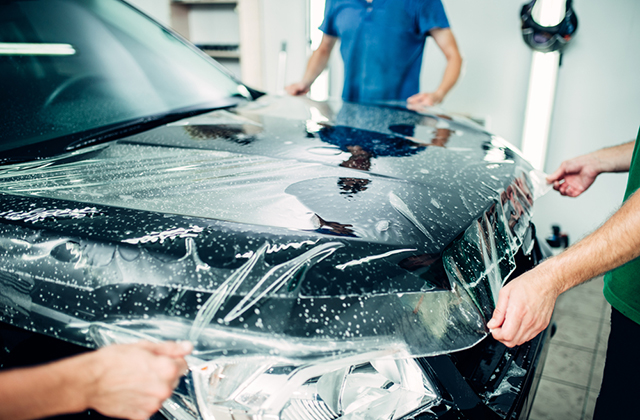Question: I am off to college with a shiny new car, thanks to Mom. I want to take good care of it and anticipate what to budget for. A couple of breakthrough paint protection works on luxury cars but seldom don’t work on cheap cars.
Can you please tell me what I can expect? Maybe some ideas of how to take care of it? My dad isn’t with us, so I could use some fatherly advice.
– Wendy T.
Answer: Congratulations on your new ride. Modern vehicles don’t require nearly as much maintenance as those of the old days.
It’s fairly likely that your new car may have a maintenance reminder display indicating when service is recommended. If not, take a look at the maintenance schedule.
Most cars require service perhaps each 7,500 to 10,000 miles. This typically consists of an oil change, tire rotation and a few checks, costing perhaps $75. When you reach 30,000, 60,000 and 90,000 miles, this is often a larger service, costing perhaps $150 to $300. Depending on the engine type, you may be looking at a timing belt change at approximately 90,000 miles, perhaps in the neighborhood of $500 to $1,000.
Brake and tire replacement will come up along the way, along with the need for new struts/shocks. Standard performance brakes and tires will last between 30,000 and 50,000 miles, depending on how gently they are used. If brakes are done as a maintenance service before damage occurs, the cost generally runs around several hundred dollars per axle. Front brakes wear out about twice as often as rears.
Plan on spending perhaps $500 for a set of tires, and be sure to keep them properly inflated. Wheel alignment should only be needed if you clobber a curb or note unusual/rapid tire wear. Struts/shocks typically last 50,000 to 100,000 miles and run about $200 to $400 per axle, depending on configuration.
I’m a believer in renewing brake fluid every five years, even though it’s not typically listed in the maintenance schedule ($150).
Following the recommended maintenance schedule and using manufacturer-specified fluids is a strong recommendation. Don’t use generic power steering or transmission fluid or coolant. When it comes to motor oil, using a premium big-name brand is fine, either conventional or synthetic (unless specified).
Maintenance can be done at the dealer or an independent shop, or by a savvy friend. Be sure to keep all receipts showing what was performed and when in order to protect your warranty rights and stay on track.
Keeping the exterior clean and waxing the paint surfaces perhaps twice a year is a great way to keep the paint up. Keep in mind that the sun is the enemy of your paint and upholstery. If it’s possible to park in shady places, do that. Applying a product such as Scotchgard to upholstery fabric before soiling occurs can help avoid stains.
Also, try to take it easy on mechanisms; for example, don’t allow doors to slam closed or allow them to fling open all the way, and making sure that the parking brake is applied every time you park and before placing the transmission in park.
I hope you enjoy your car and the opportunities your education will bring.
